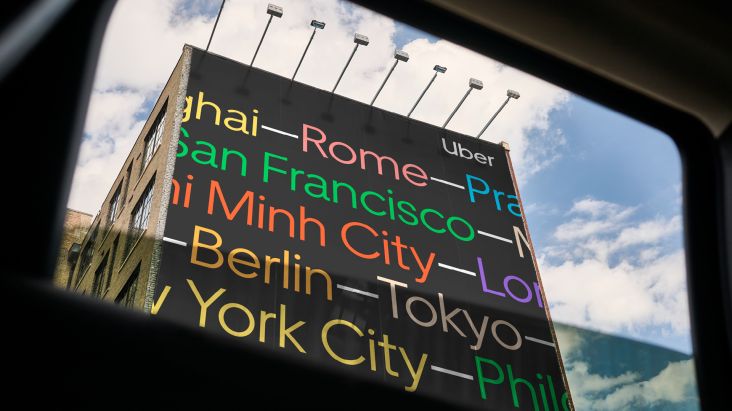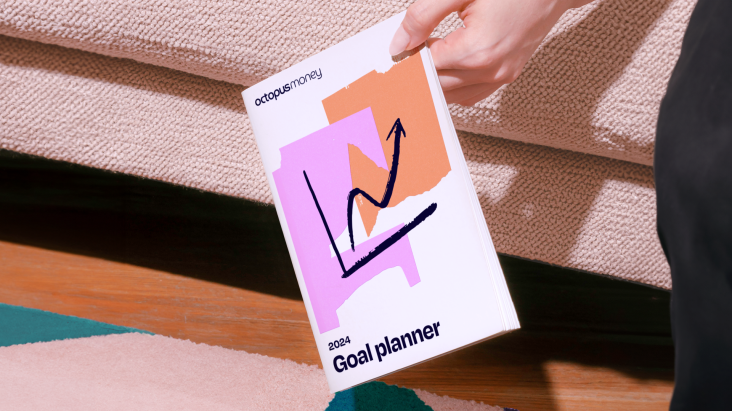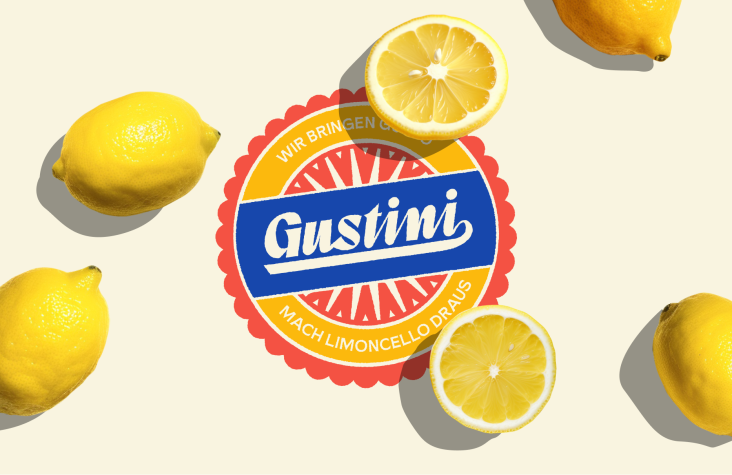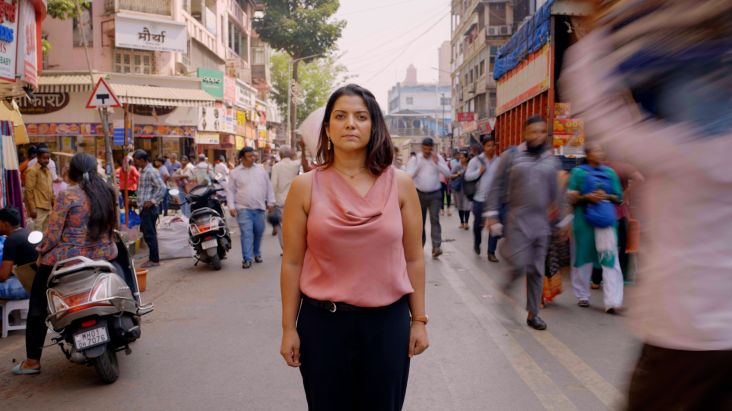British fashion photographer Rankin partners on charity campaign to end global acid violence
The iconic photographer has taken a series of raw and powerful images of Belgian acid attack survivor Patricia Lefranc for the Tear Couture Look Book.
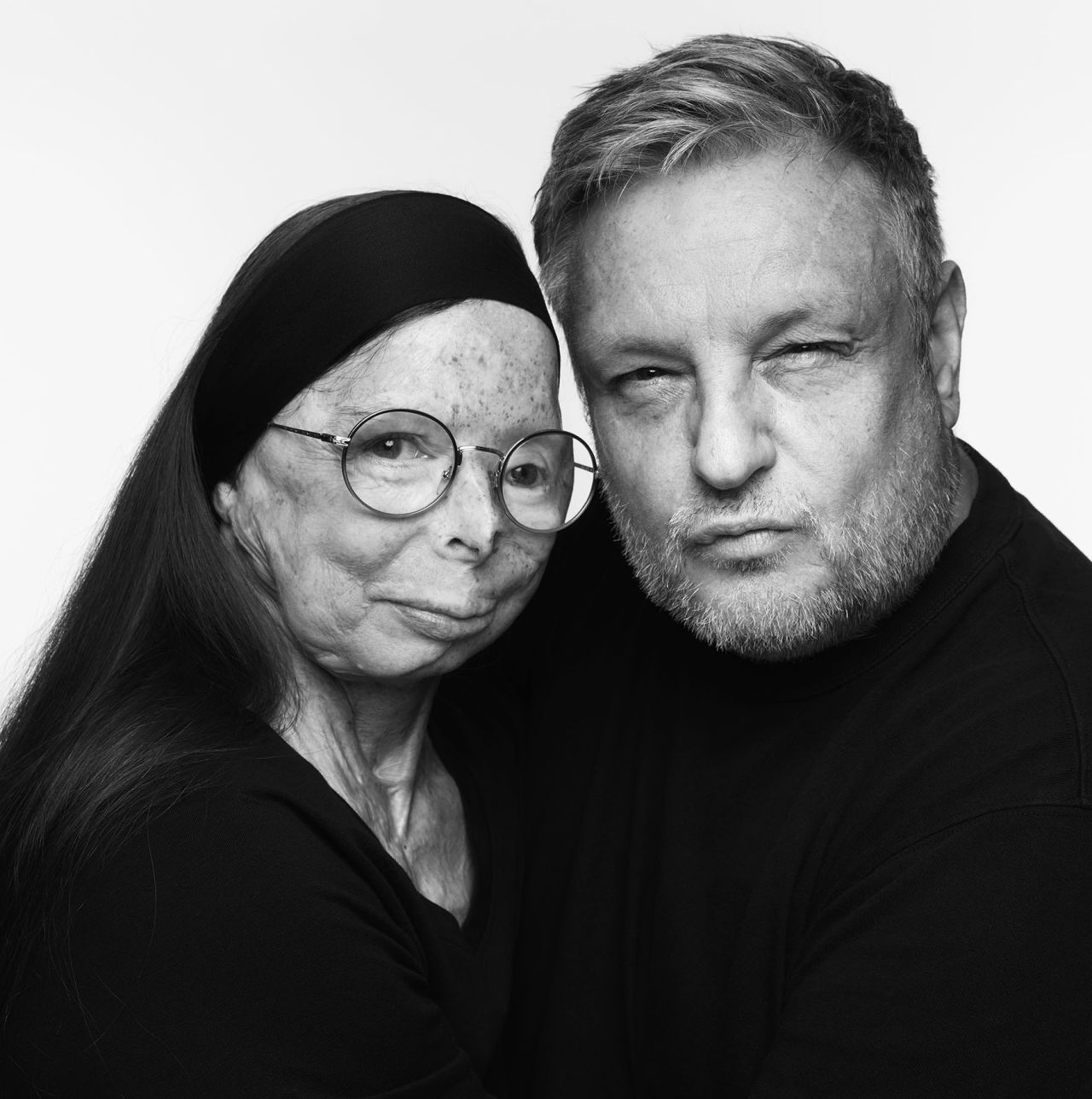
Photography by Rankin. Courtesy of McCann Health London
There are over 10,000 acid attacks throughout the world every year.
And availability of acid originally intended for use in industry, particularly textiles, is a proven factor in regions having higher than average numbers of incidents.
Now, the fashion industry, often criticised for its lack of action on headline issues, is partnering with the Acid Survivors Trust International (ASTI) to raise awareness of the issue and encourage industry partners to strengthen processes for a more responsible supply chain.
Legendary British photographer Rankin was asked to shoot acid attack survivor Patricia Lefranc for a series of powerful photographs which frame the physical destruction the substance can cause when thrown at another human.
The Tear Couture Look Book/campaign aims to start highlighting the devastating effects of acid attacks, and in particular, the specific link to the fashion, textiles, retail and manufacturing industries, based on research which shows a correlation between legitimate business uses of acid and the incidence of acid attacks in parts of the global south.
According to ASTI, Over 700 acid attacks were recorded in England and Wales in 2022, compared to 421 in 2021. The total economic cost of all the attacks that year was more than £44 million.
The total cost of reported acid attacks to UK society over the past five years exceeds £200 million. However, the actual number of attacks (and associated costs) is likely to be even higher as not all police forces respond to FOI requests.
ASTI estimates that the number of global attacks exceeds 10,000 each year. But this is a very conservative estimate as governments in many countries do not maintain official records of acid attacks.
Rankin comments: "I have a special affinity with the fashion industry, and I've been delighted to see the changes that have taken place within the industry in recent years to make it more sustainable and responsible. When ASTI explained to me the issue of acid misuse within supply chains, I knew I had to take action."
His photography is the powerful heart of the campaign, stark imagery of the horrendous damage to the face and body of 59-year-old Patricia, attacked with sulphuric acid by her former partner in 2009, whose strength in the wake of multiple surgeries is awe-inspiring.
Following her attack, Patrica spent 12 weeks in a coma and was in hospital for nine months. She has undergone over 100 surgeries, including multiple skin grafts.
In one of Rankin's photos, she is staring straight at the camera, holding up a picture of herself that was taken before the attack. The shot offers a stark contrast with her former appearance.
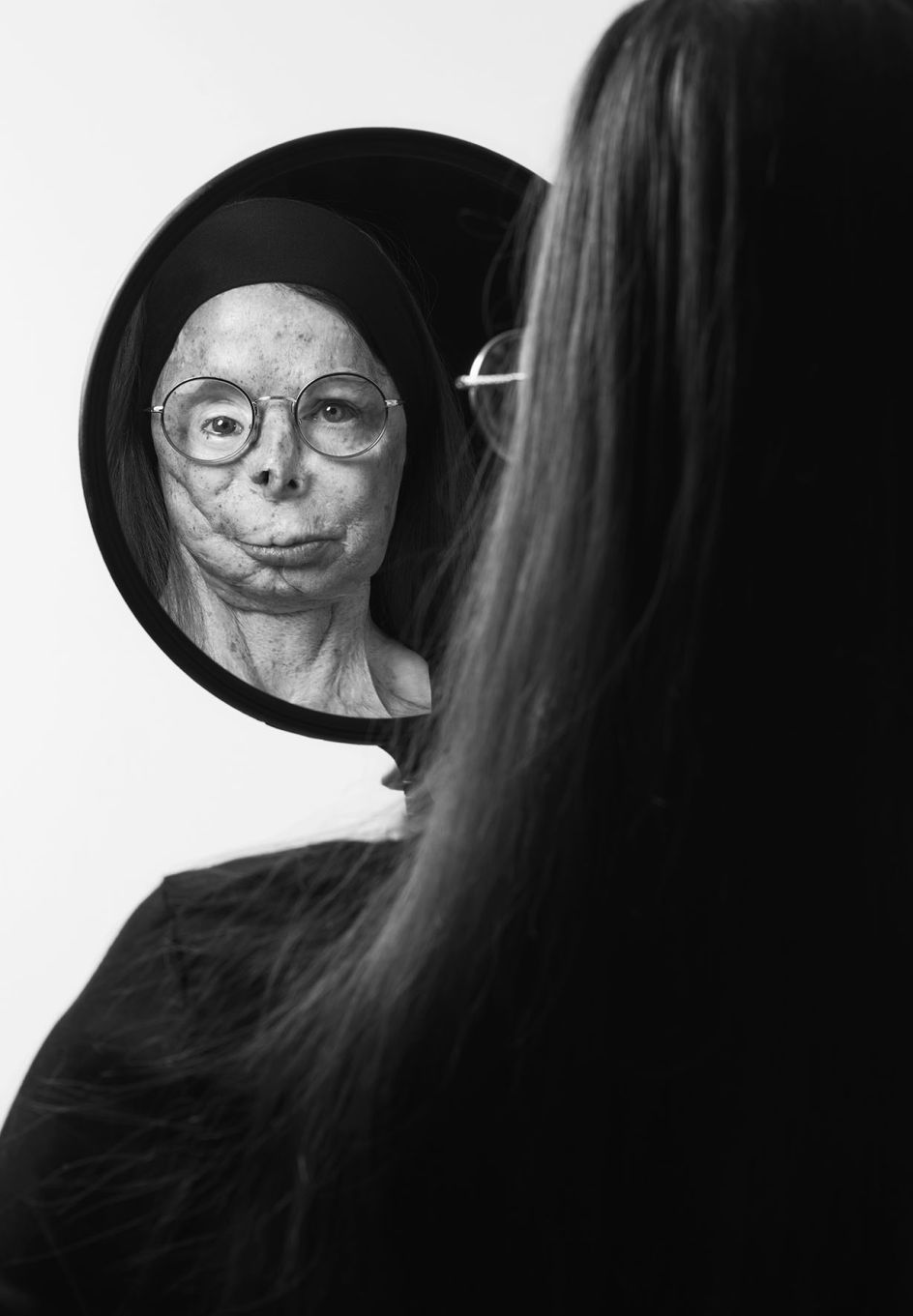
Photography by Rankin. Courtesy of McCann Health London
Patricia adds: "Many people are unaware of the enormous pain and suffering that acid attack survivors go through. I'm so grateful to Rankin for this opportunity to raise awareness of our situation and to take steps together to prevent further attacks."
Another feature of the Look Book is an image of one of Patricia's tears, captured, photographed, magnified and preserved on textile as a reminder of all the crying she has done in the wake of the attack.
The majority of acid attack survivors are women, and the first recorded cases of such violence in the UK were recorded in the 18th Century, as the Industrial Revolution took hold and corrosive materials became easier to obtain.
Sadly, the correlation between the availability of acid in industrial regions and the number of attacks is still strong. Research shows that incidents often occur in districts and provinces with a large textile production base, such as the 'Cotton Belt' in southern Punjab, Pakistan.
Campaigners believe there is a significant opportunity to improve how corrosive chemicals are transported, stored, dispensed and handled within factories to both reduce the risk of injury to workers and to reduce access to those substances that could be used in premeditated acid attacks.
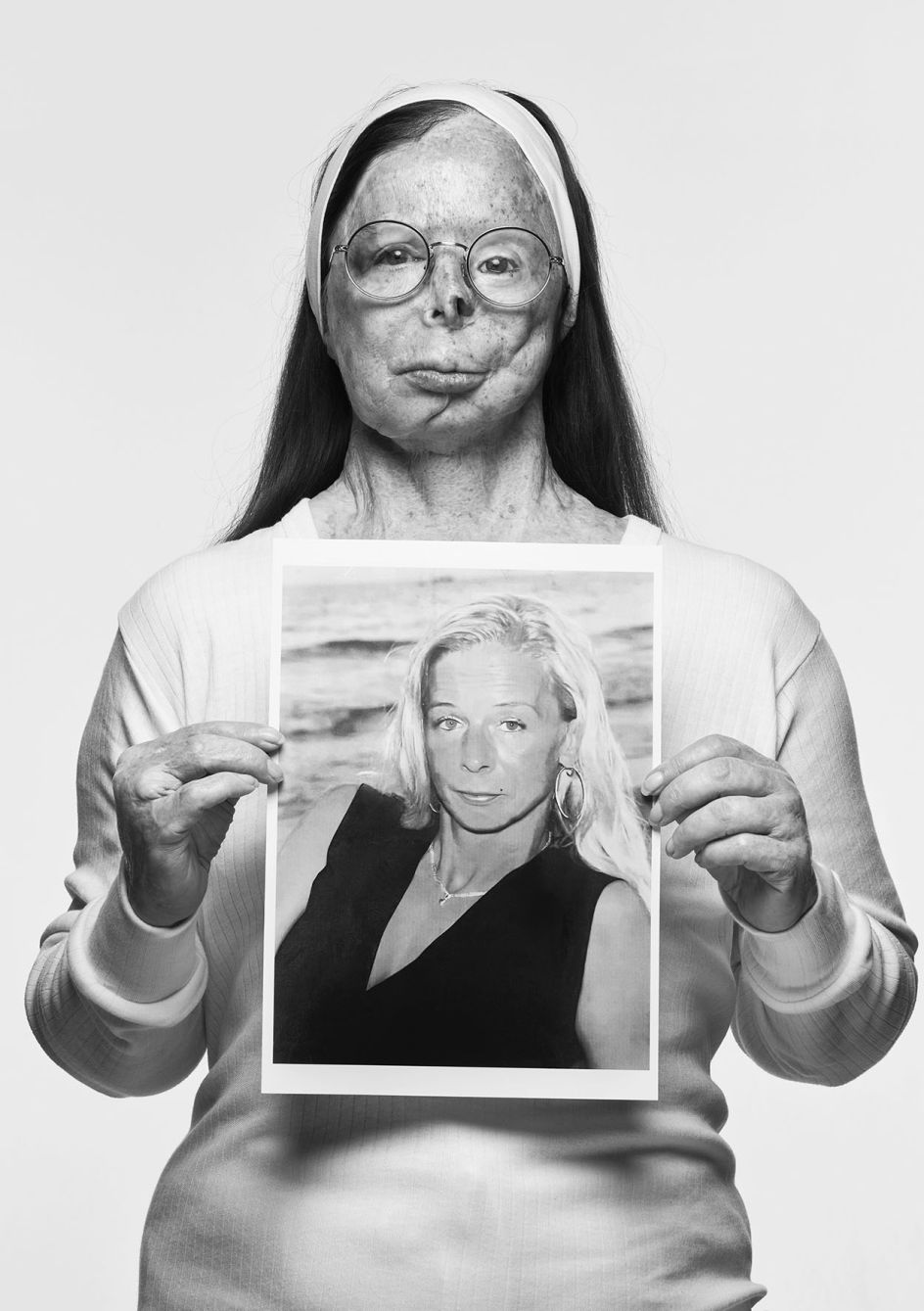
Photography by Rankin. Courtesy of McCann Health London
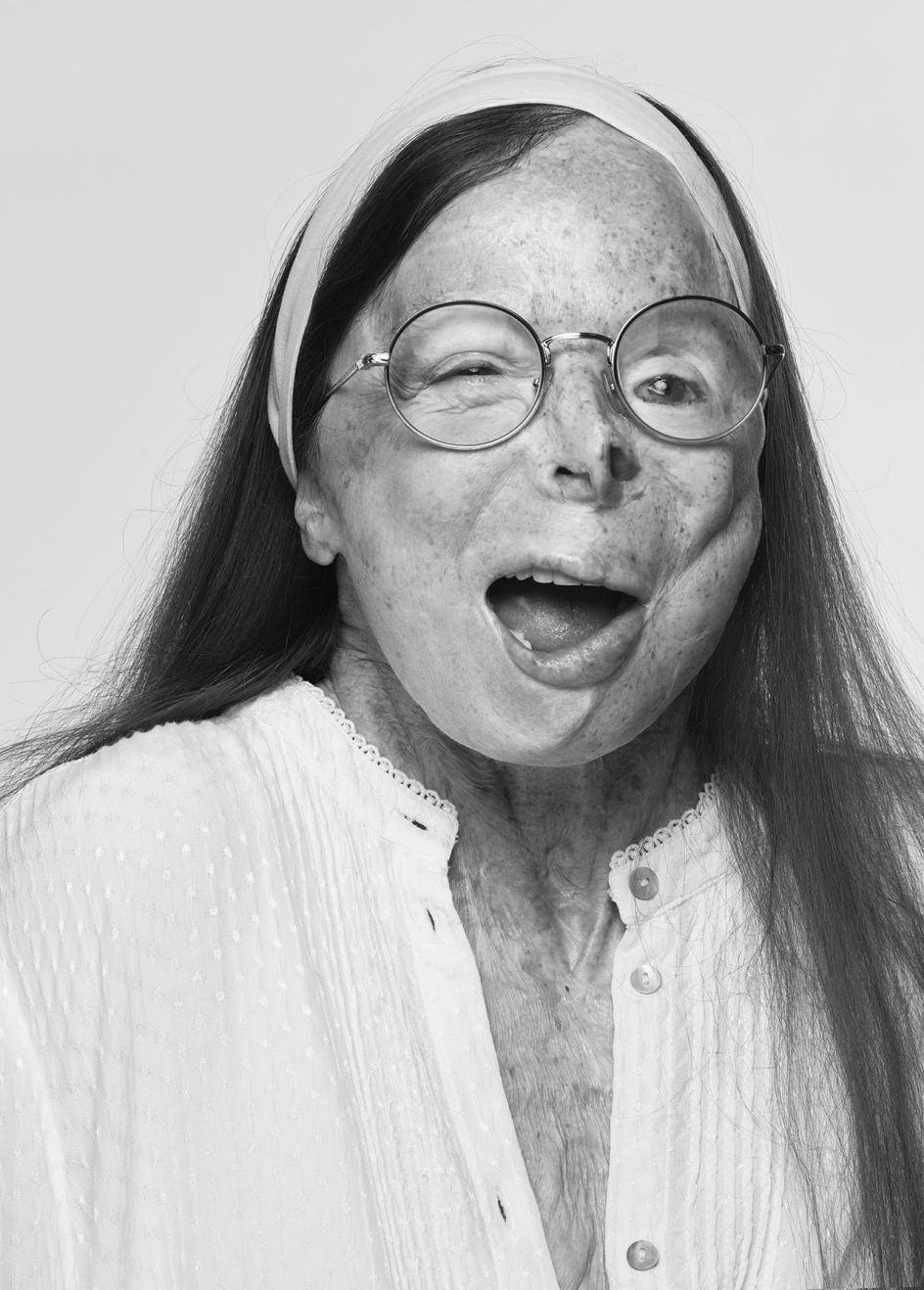
Photography by Rankin. Courtesy of McCann Health London
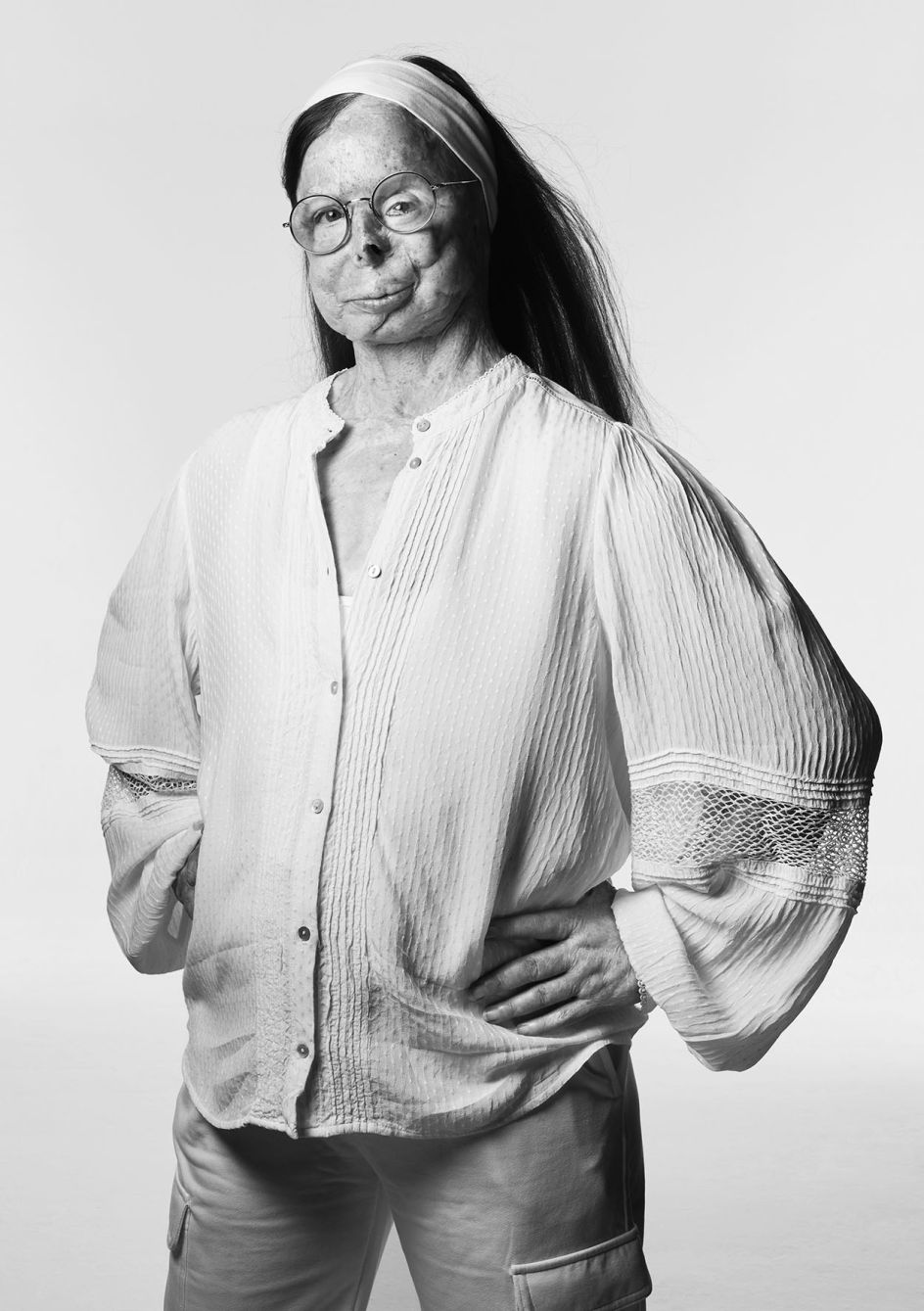
Photography by Rankin. Courtesy of McCann Health London
Jaf Shah, executive director of ASTi, says: "Industry has a key role to play in stopping incidences of acid attacks. We're so grateful to all those helping to bring this issue into the spotlight: HRH Princess Anne for writing the foreword to the Look Book and, of course, Patricia and Rankin. With their support, we aim to partner with businesses and make the changes needed to achieve this goal together."
In her foreword to the Look Book, ASTI patron HRH Princess Anne concludes: "Businesses that use corrosive substances in their supply chain have a vital role in preventing attacks. Multiple interventions are required, including prevention of easy access to dangerous corrosives.
"I encourage companies to partner with ASTI and share its mission to end acid violence. We all have it in ourselves to help prevent this enormously harmful act of violence."
The Tear Couture Look Book has been created with McCann Health London.









](https://www.creativeboom.com/upload/articles/86/862919952c0ad18439004228895a431dc6e45ffc_732.jpg)




